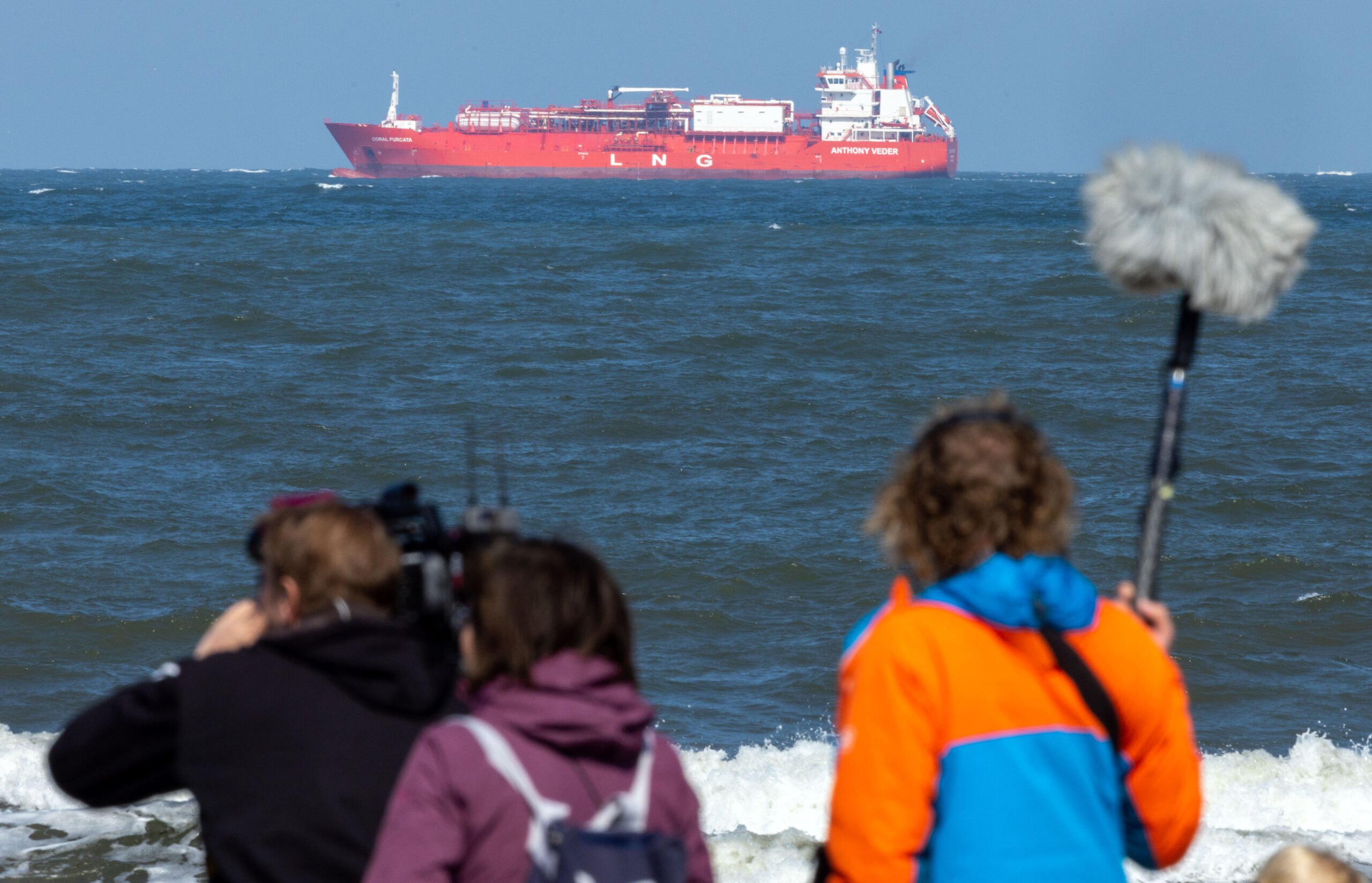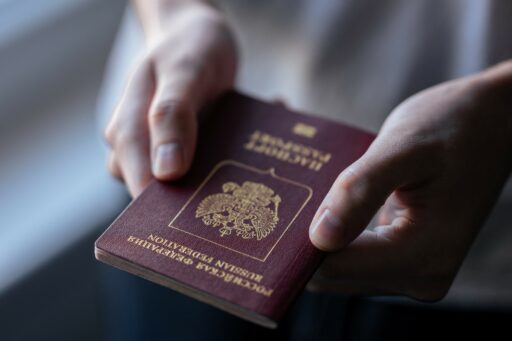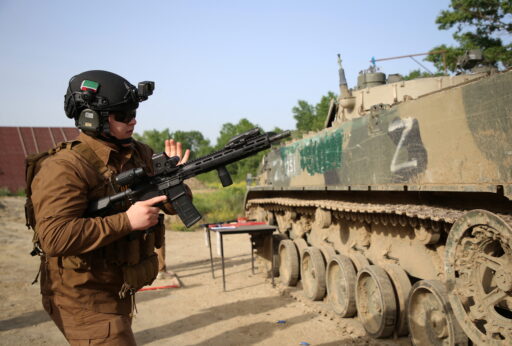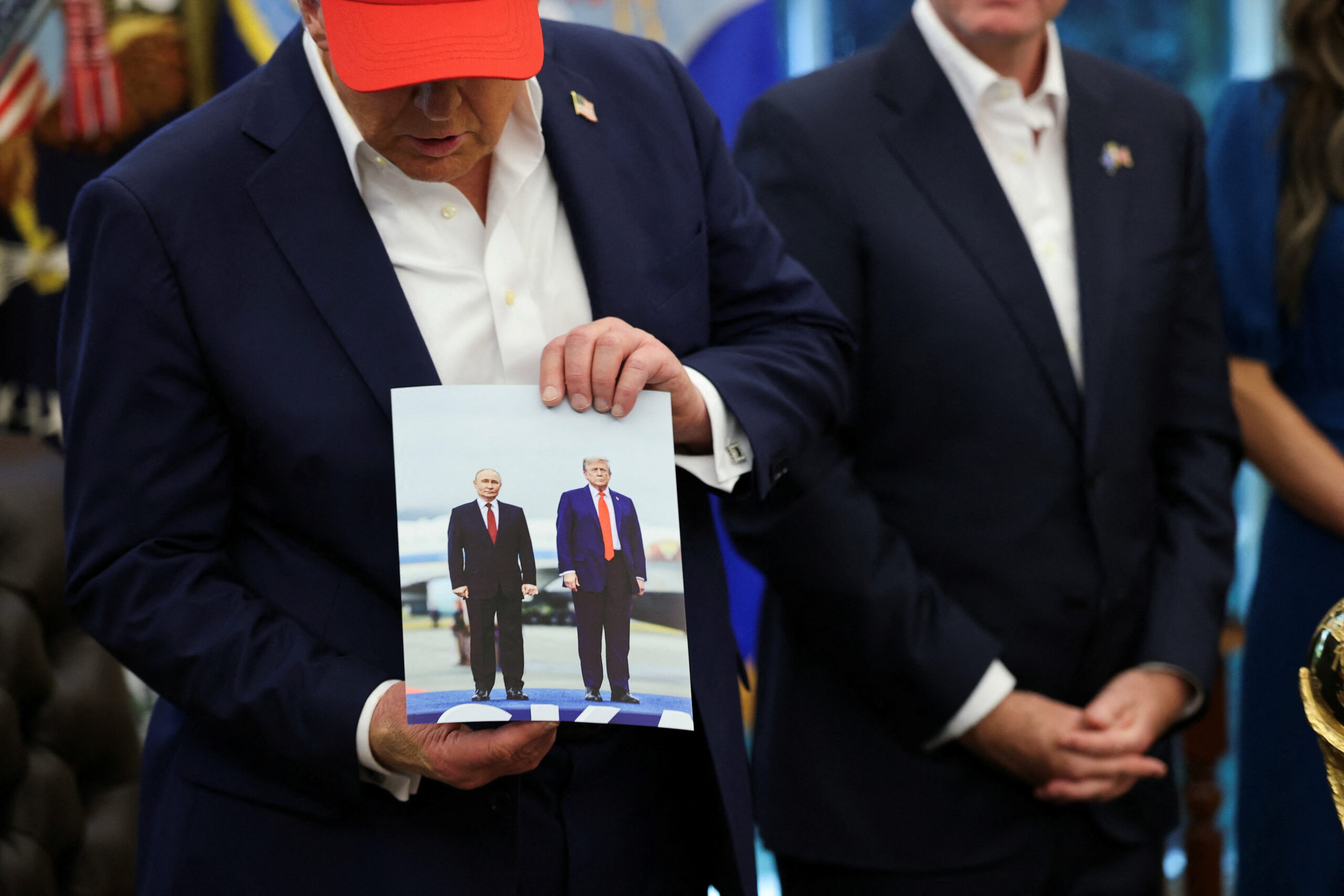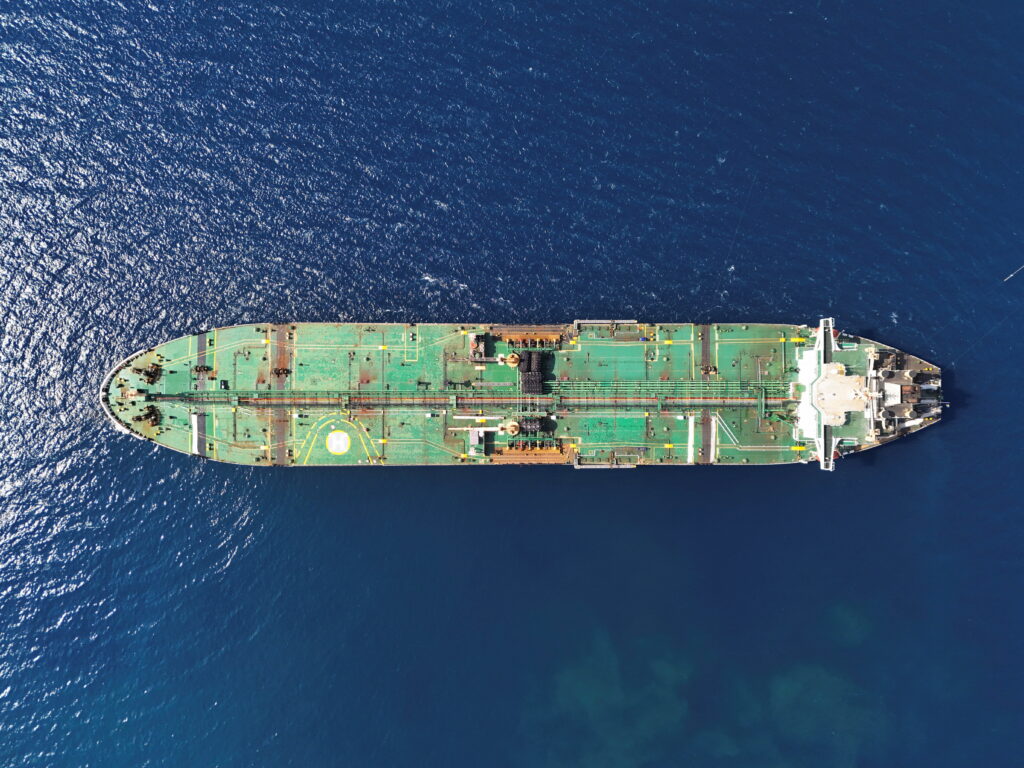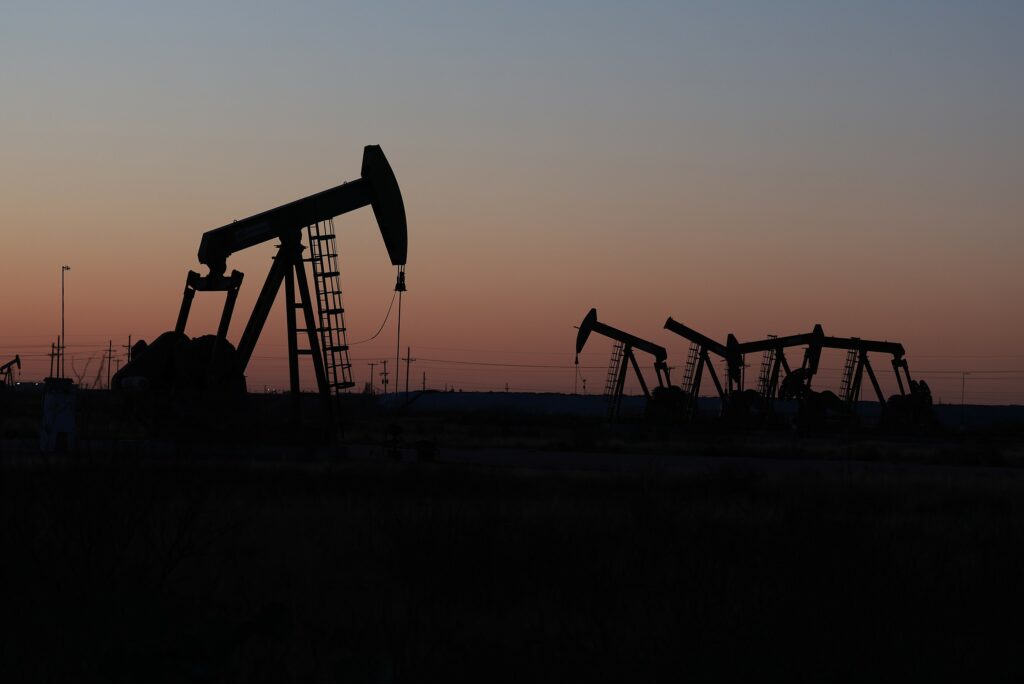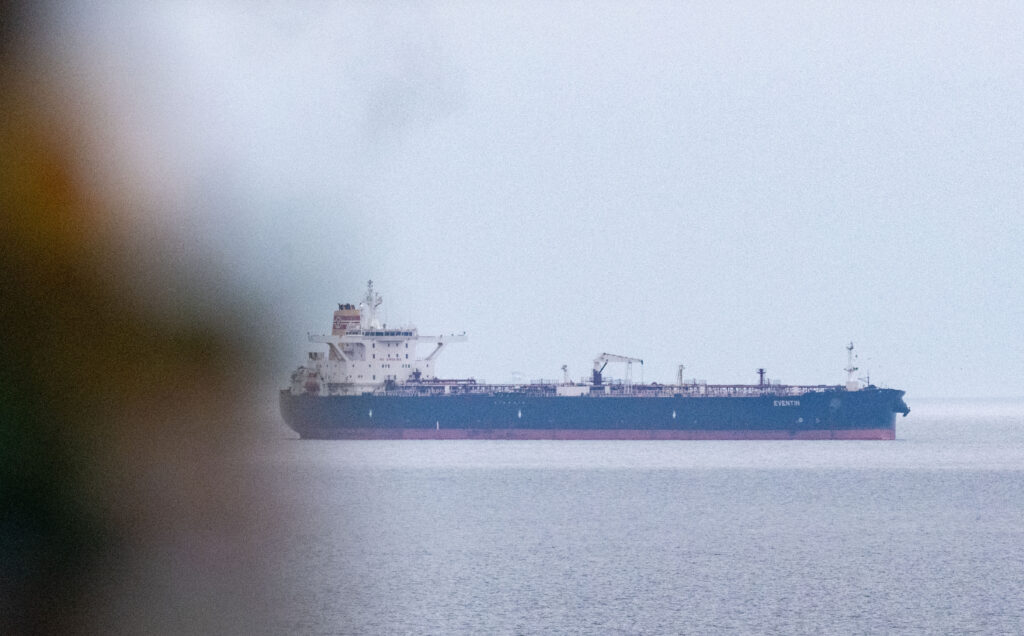The European Union has adopted its 19th sanctions package against Russia. The headline measure is a comprehensive ban on Russian LNG imports, effective January 1, 2027. This move extends the EU’s strategic push to systematically wean itself off energy dependence on Russia. Earlier, the fifth and sixth packages imposed embargoes on Russian coal and other solid fuels, as well as on seaborne deliveries of crude oil and petroleum products. The eighth package added a price cap on Russian oil and petroleum product exports to third countries. The 14th and 16th packages introduced the first curbs on Russian LNG—bans on transshipment and transit through EU terminals not connected to the gas transmission network, alongside prohibitions on new investments and equipment supplies for LNG plants under construction in Russia. The 18th package targeted loopholes in oil sanctions via third countries, including bans on any operations linked to Nord Stream and Nord Stream 2, and a reduction in the crude oil price cap from $ 60 to $ 47.60 per barrel.
In this way, the 19th package slots into the EU’s logic of incrementally broadening its sanctions framework on Russian energy carriers, shifting from constraints on routes and infrastructure to an outright import ban on Russian LNG into EU member states. It forms a cornerstone of the European Commission’s REPowerEU plan, which aims for a complete phase-out of Russian fossil fuels by 2030 while ensuring stable energy supplies and prices. The key question is how acutely this package will sting a strategic pillar of Russian energy exports like LNG—and how feasible its enforcement will be.
Why LNG Escaped the Initial Onslaught—and What Has Changed
Prior to the 19th package, Russian LNG had sidestepped direct European restrictions for several reasons.
First, there was the persistent specter of energy shortages amid Europe’s lingering reliance on Russian gas. After February 2022, the EU swiftly slashed purchases of Russian pipeline gas: its share of imports fell from around 40% in 2021 to just 11% by early 2025. With imports via Nord Stream and other routes curtailed, LNG emerged as the linchpin in stabilizing Europe’s gas balance; its portion of total imports rose from 20% in 2021 to 37% in 2024. Russian LNG deliveries accordingly climbed from 14.1 million tons in 2021 to 17.8 million tons in 2024. Abruptly forgoing these volumes risked spiking energy costs for European industry and triggering sharp gas price surges, particularly in winter when benchmarks were already hitting records. Russian LNG played a buffering role, cushioning the market shock. Yet it never filled the void left by slashed pipeline supplies. In 2024, it accounted for a mere 7.3% of the European market, dwarfed by Norwegian pipeline gas (33.4%) and U.S. LNG (16.5%).
By 2025, the landscape had shifted. Gas storage facilities were filling to over 90% capacity ahead of winter, prices had stabilized, and supplies from Norway, the United States, Algeria, Qatar, and elsewhere had coalesced into a robust alternative basket to Russian gas. Meanwhile, LNG exports remain a vital source of hard currency for Russia, bolstering its balance of payments and—what Ursula von der Leyen has termed—the «financial resilience of Russia’s war economy.» In the EU, this dependence thus came to be viewed as a strategic vulnerability demanding a sanctions riposte.
Second, long-term contractual commitments had long acted as a brake. European firms had inked pre-2022 deals for LNG from Yamal LNG and Arctic LNG-2 projects. Reneging risked arbitration lawsuits and reputational damage to importers. Hence, the EU confined itself to piecemeal steps—bans on transshipment and investments. By 2025, Arctic LNG-2 lay effectively paralyzed following U.S. sanctions in 2023; Novatek declared force majeure and suspended export contracts, while foreign shareholders froze their stakes. Yamal LNG persists, but its European deliveries are waning. In this context, litigation risks no longer loomed as existential for the EU. Moreover, the ban’s deferral to 2027 reflects Brussels’ calculus: by then, many contracts would be up for renewal, allowing European buyers to retool their procurement portfolios. A recent EU Council plan to terminate all gas contracts by early 2028 merely entrenches this trajectory at the bloc-wide level.
Third, sanctions had from the outset zeroed in on Russia’s more lucrative segments—oil, petroleum products, and pipeline gas—which generated some $ 237 billion in 2021, versus a paltry $ 7 billion from LNG exports. Direct fiscal inflows from LNG to Russia’s budget are moreover circumscribed: Arctic projects enjoy sweeping tax breaks, including exemptions from export duties and mineral extraction taxes, plus a reduced corporate tax rate, diluting their budgetary heft. As such, LNG sanctions never ranked as urgent.
Fourth, until recently, sanctions on Russian LNG ran aground on the vested interests of European firms tied to the sector. France is the EU’s top Russian LNG importer, and the French energy giant TotalEnergies—which holds a 20% stake in Yamal LNG—had for years been a linchpin partner to Novatek. Belgium’s Fluxys, operator of terminals in Zeebrugge and Dunkirk, handled a hefty slice of Yamal shipments, at times over half of all Russian LNG carriers docking. For both, an embargo spells underutilized capacity and profit erosion. That said, Russian LNG is just one sliver of TotalEnergies’ global portfolio, and the reputational toll of Russian dealings has grown prohibitive. Fluxys, for its part, can backfill lost volumes from the U.S., Qatar, and beyond. All this smoothed consensus within the EU for a full import ban.
Finally, U.S. policy has been a decisive prod, urging the EU to tighten the screws on Russian energy. Washington has repeatedly flagged the strategic perils of clinging to Russian LNG supplies, while hardly disguising its own economic stake. U.S. sanctions on Arctic LNG-2 have in effect sidelined the Russian venture from global markets, carving out fresh turf for American exporters. Over recent years, the U.S. has ramped up its footprint in Europe’s gas market, offsetting much of the Russian shortfall. Yet it has not cornered the market: Norway remains the EU’s top gas supplier, with substantial flows also from Algeria, Qatar, Azerbaijan, and the UK. This lets Brussels accommodate Washington without compromising its sanctions autonomy or energy security.
Taken together, these dynamics rendered a full Russian LNG import ban from 2027 politically palatable.
Impact on Russia
For all the prevailing skepticism about sanctions’ efficacy, each successive EU package erodes Russia’s technological and financial wherewithal—and the 19th is no outlier.
From January through September 2025, roughly half of Russia’s total LNG exports went to European countries—chiefly France, Belgium, and Spain. Even as shipments to China, Japan, and other Asian markets grew, Europe endured as the prime outlet, buoyed by advanced terminal infrastructure and robust demand. Losing this channel portends not just pruned hard-currency earnings but a frantic scramble for new buyers, entailing price discounts and ballooning logistics costs. Replacing European volumes in the medium term is nigh impossible, and the downward trend has only sharpened of late: Russian LNG exports to the EU dipped 7% in January-September 2025 from the year prior, with September plunging a stark 30% year-on-year. By contrast, total EU LNG imports surged—up 27% over the nine months, and 1.5-fold in September alone.
Redirecting exports faces infrastructural and technological straitjackets. Core capacities cluster in Arctic ventures—Yamal LNG and Arctic LNG-2—whose logistics tilt toward Europe: icebreaking carriers ferry Yamal output via the Barents Sea to northwest European terminals, while sanctioned Arctic LNG-2 cargoes never reach the continent. In theory, Russia could reroute to Asia via the Northern Sea Route (NSR), and indeed, in August 2025, Arctic LNG-2 commenced shipments to China, even boosting output to record highs. But such hauls carry secondary sanctions risks for Chinese buyers, are confined to the brief navigation window, and demand Arc7-class ice-capable carriers. Russia sorely lacks enough such vessels to service even current capacities routinely. Newbuilds ordered from South Korean yards remain undelivered due to sanctions, while Russia’s Zvezda shipyard grapples with production delays and rebuffs from Korean suppliers on gear and components. Consequently, NSR exports are sporadic, laced with sanctions perils, and Asian volumes cannot offset the European shortfall.
The 19th package will not trigger an instant collapse in Russian LNG exports, but it renders the sector’s further growth fiendishly hard. Shedding the European market strips the industry of its most lucrative avenue, while technological isolation, fleet shortages, and sanctions on shipbuilding and equipment choke off expansion prospects. In the medium term, this spells production stagnation, waning competitiveness, and a gradual eclipse of Russia’s global LNG standing.
Can the Ban Be Circumvented?
Unlike oil, the LNG market is far more technologically intricate, centralized, and transparent—making sanctions evasion fiendishly tough. For starters, LNG cannot be «blended» or «rebranded» as oil often is. While oil trading teems with ship-to-ship transfers, flag-swapping, and phony origin declarations, LNG defies such sleights of hand. Each cargo is tethered to a specific production plant; shipping routes are logged in automated maritime management systems; and transport hinges on bespoke LNG carriers with singular specs. By mid-2025, the global fleet numbered around 750 such vessels, with only about 20 under Russian control—the rest helmed by operators from sanctions-compliant nations. Russia thus lacks the shipping muscle for stealthy volume redirections.
Infrastructure adds another chokehold. To dodge oil sanctions, Russia leans on third-country terminals and a «shadow fleet» of tankers run by opaque operators, offshore shells, traders, and fixers. For LNG, that’s exponentially trickier: transshipment demands cryogenic terminals with ultra-low-temperature storage gear. Such facilities are scarce worldwide, and nearly all are owned by firms operating under EU and U.S. legal umbrellas. Post-ban, European terminals must spurn Russian cargoes, while stand-alone alternatives beyond sanctions’ writ are technically daunting to build anytime soon.
Finally, international LNG carriers require insurance and classification per International Maritime Organization standards. After 2027, handling Russian LNG will count as sanctions breach. Losing coverage and class would bar such ships from global ports outright. «Gray» evasion schemes thus turn perilously risky and exorbitant.
That said, Russia is already probing a homegrown «shadow fleet» of LNG carriers. Per the Centre for Research on Energy and Clean Air (CREA), UAE- and India-registered firms have snapped up and reflagged aging gas carriers, insured by Russian entities. By 2024, about a dozen were in play, ferrying Arctic LNG-2 cargoes. Russia is also testing LNG ship-to-ship transfers: in Murmansk’s Kildin Strait territorial waters, where icebreakers offload to Asia-bound vessels; and more recently, in open seas off Malaysia. These are cast as planks in a long-haul sanctions-dodging playbook. Yet their punch remains puny: most lack ice classification, limiting NSR runs to summer; Suez Canal routing jacks up Asia-bound costs and timelines. Even at full tilt, these ships haul but a fraction of Arctic LNG-2’s output.
Ultimately, LNG’s market quirks—its contract-heavy bent over spot trading, and high transaction traceability—crimp evasion headroom to a sliver. Unlike oil, where shadows can cloak up to half the flows, LNG workarounds will stay piecemeal and inconsequential. Russia’s losses could well prove tangible, rendering the sanctions’ bite enduring and quantifiable.
In sum, the 19th package stands a far better shot at airtight enforcement than its oil-sector kin. Technical, legal, and infrastructural hurdles render circumvention not just arduous but economically ruinous, with repercussions for Russia that are protracted and existential. Its import lies in cementing a fresh energy paradigm, wherein Russia forfeits its perch as Europe’s go-to LNG supplier, and the EU redoubles its energy fortress.
